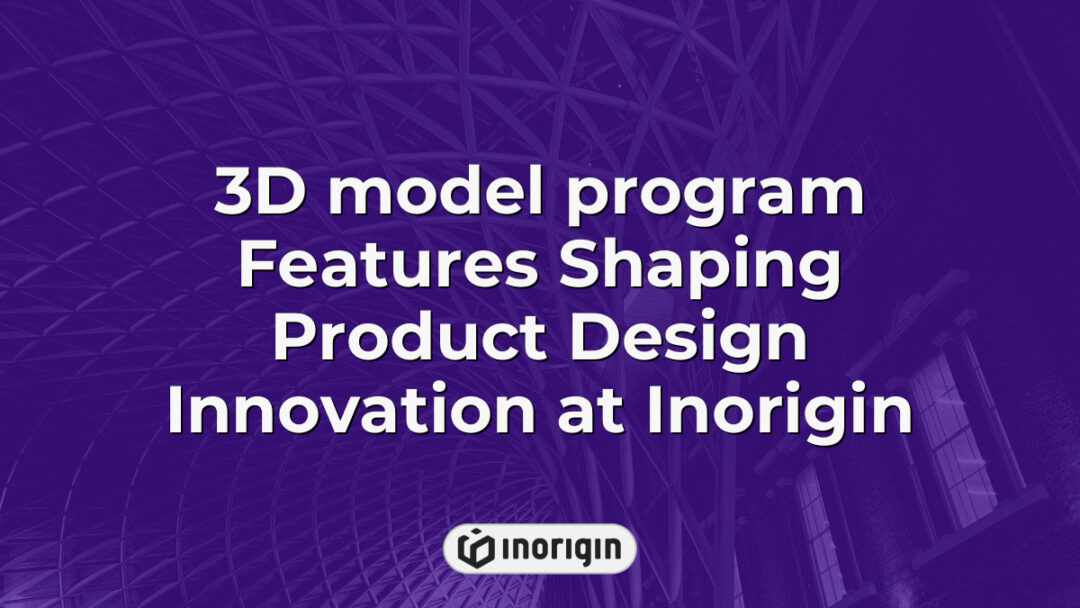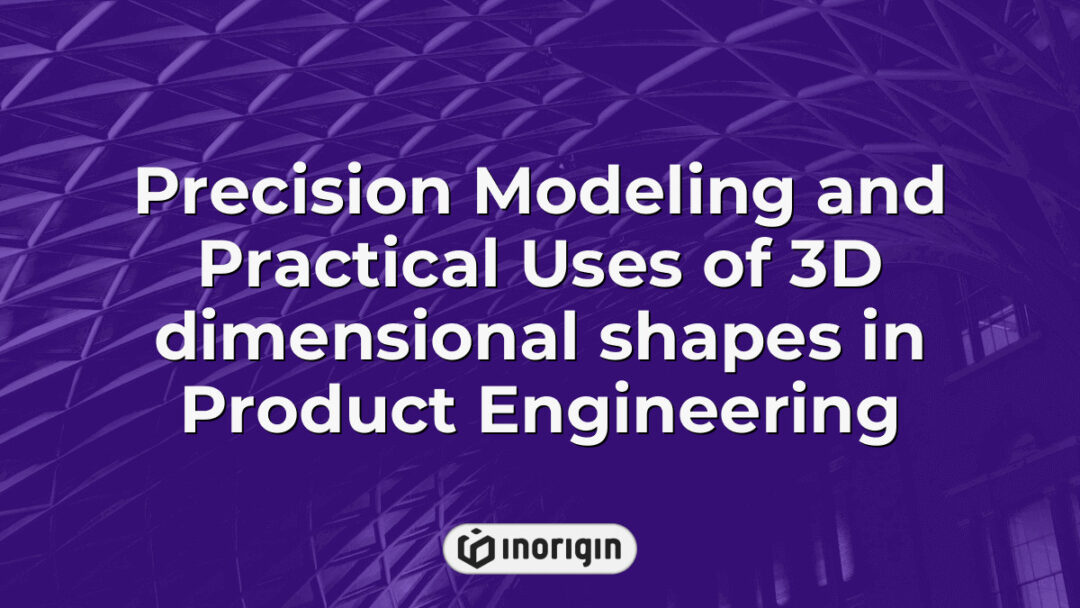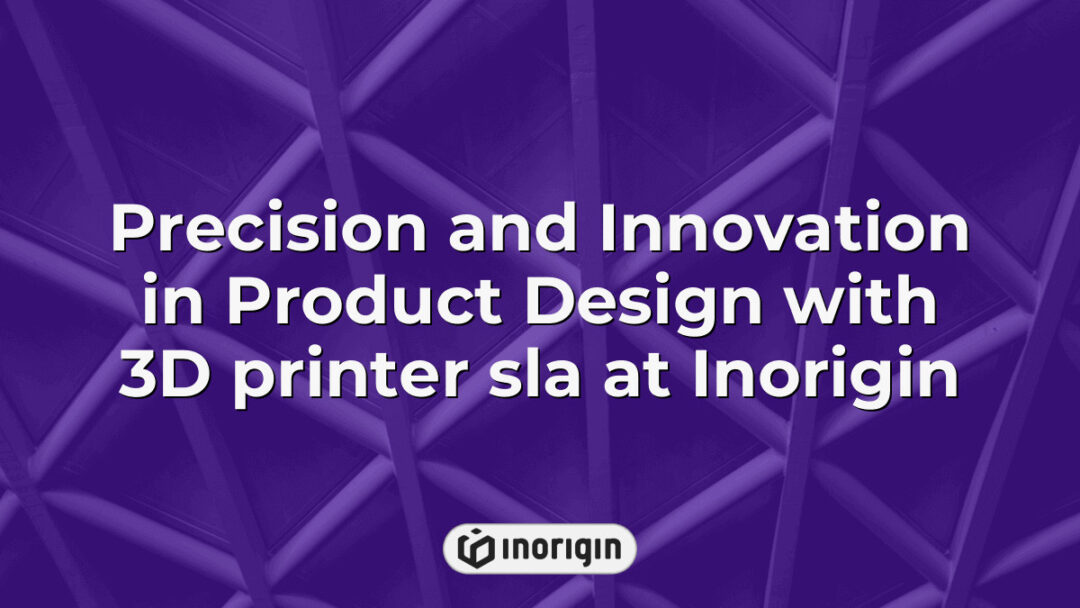In the rapidly evolving landscape of digital creativity, 3D modeling programs serve as a vibrant canvas upon which imagination transforms into reality, akin to an artist’s brush gliding effortlessly across a blank sheet. These sophisticated tools empower designers, architects, and engineers alike to sculpt intricate virtual worlds that transcend traditional boundaries of visualization and functionality. As industries increasingly lean on advanced simulations for prototyping and design validation, understanding the capabilities and nuances of various 3D model programs becomes essential for harnessing their full potential. This article will explore three prominent software solutions in this domain, examining their unique features and applications while highlighting how they shape the future of creative expression and technical innovation.
| Aspect | Key Takeaway |
|---|---|
| Role of 3D Model Program | A 3D model program enables designers and engineers to create detailed digital prototypes, essential for product design and engineering innovation at studios like Inorigin. |
| Essential Features | Look for intuitive interfaces, broad file format support (OBJ, FBX, STL), and advanced rendering to streamline the creation and visualization of complex models. |
| Types of 3D Model Programs | Distinguish between CAD for precision engineering, sculpting tools for organic shapes, animation software, rendering engines, and game development platforms based on project needs. |
| Industry Applications | 3D model programs drive efficiency in architecture, mechanical engineering, product development, and healthcare by providing realistic simulations and visualizations. |
| Getting Started Tips | Begin with foundational tutorials, build consistent practice habits, and engage with online communities to develop proficiency in 3D modeling software. |
| Advanced Techniques | Master sculpting, procedural generation, and texturing methods to enhance model detail and achieve professional-grade product renderings. |
| Integration and Workflow | Ensure seamless interoperability between 3D model programs and other design or simulation tools to optimize prototyping and facilitate multidisciplinary collaboration. |
Understanding 3D Modeling: What Is A 3D Model Program?
The realm of three-dimensional (3D) modeling is intricately connected to various fields, including gaming, animation, architecture, and product design. For instance, consider a hypothetical scenario in which an aspiring architect utilizes a 3D model program to visualize a sustainable community project. Through this software, the architect can create detailed representations of buildings and infrastructure that not only exemplify aesthetic appeal but also incorporate environmental considerations. Such programs facilitate the manipulation of geometric shapes and textures while allowing for realistic lighting and rendering effects that enhance visualization accuracy. Moreover, these tools often come equipped with features such as simulation capabilities, enabling users to assess how their designs will interact with real-world factors like weather conditions or human traffic patterns. Consequently, the significance of 3D model programs extends beyond mere artistic expression; they serve as vital instruments for problem-solving within complex projects across multiple industries. Thus, embracing these technologies fosters innovation and collaboration among professionals striving to bring visionary concepts to fruition.
Key Features To Look For In A 3D Model Program
When selecting a 3D model program, several key features warrant careful consideration to ensure the software meets specific needs and objectives. First, user interface design plays a critical role in determining usability; an intuitive layout can significantly enhance productivity by reducing the learning curve associated with complex functionalities. Second, compatibility with various file formats is essential for seamless integration with other tools and workflows. Programs that support industry-standard formats such as OBJ, FBX, and STL offer greater flexibility in collaborative projects or when transitioning between different software platforms. Third, the inclusion of advanced rendering capabilities allows users to create high-quality visual outputs directly from within the modeling environment; this feature not only aids in presentation but also facilitates iterative design processes through real-time feedback on lighting and materials. Assessing these attributes will ultimately assist individuals and organizations in identifying the most suitable 3D modeling solution for their requirements.
Popular Types Of 3D Model Programs: A Comparison
The landscape of 3D model programs encompasses a diverse array of software solutions, each tailored to specific applications and user needs. As such, understanding the popular types of these programs is essential for selecting an appropriate tool for particular projects. The following categories represent key classifications within this domain:
- CAD Software: Primarily used in engineering and architecture, CAD (Computer-Aided Design) tools focus on precision and technical drawing capabilities.
- Animation Software: This type emphasizes movement and visual storytelling, making it ideal for film production, gaming, and advertising industries.
- Sculpting Programs: These allow artists to create organic shapes through digital sculpting techniques; they are particularly favored by character designers in video games and animation.
- Rendering Engines: Specializing in producing high-quality images from 3D models, rendering engines play a critical role in visualization processes across various fields including architecture and product design.
- Game Development Platforms: Dedicated environments that integrate modeling with game physics and interactivity facilitate the creation of immersive experiences.
Each category offers distinct functionalities which can greatly influence project outcomes. For instance, while CAD software excels at accuracy necessary for engineering designs, animation software provides robust tools for creative expression. Understanding these differences enables users to make informed decisions based on their specific requirements, ultimately enhancing productivity and creativity in the realm of 3D modeling.
Industry Applications Of 3D Model Software
The use of 3D model software can be likened to an architect’s blueprint, serving as a foundational tool that translates abstract concepts into tangible structures. This analogy underscores the essential role of such software across various industries, including architecture, engineering, entertainment, and healthcare. For instance, in architectural design, programs like AutoCAD and SketchUp facilitate the creation of detailed visual representations that enable architects to explore spatial relationships and material choices before construction begins. Transitioning to the realm of engineering, CAD (Computer-Aided Design) applications are vital for simulating mechanical components and systems; they allow engineers to test functions and detect potential failures prior to production. Furthermore, in the entertainment industry, 3D modeling is integral to animation and video game development, where artists utilize platforms such as Blender or Maya to create immersive experiences that captivate audiences. Notably, the healthcare sector has also embraced this technology by employing 3D modeling for surgical planning and personalized medicine; for example, patient-specific anatomical models derived from imaging data improve preoperative strategies and enhance outcomes. Through these diverse applications, it becomes evident that 3D model software serves not merely as a creative outlet but plays a crucial role in optimizing processes and improving efficiencies across multiple disciplines.
Getting Started: Best Practices For Beginners
Embarking on the journey of 3D modeling is akin to navigating uncharted waters; it requires both a sturdy vessel and a keen understanding of the surrounding currents. To ensure a smooth entry into this multifaceted domain, beginners should adhere to several best practices that facilitate skill acquisition and enhance creative output. First and foremost, familiarization with foundational software tools is essential, as these programs often serve as the bedrock upon which more complex projects are built. Subsequently, engaging in structured tutorials can provide invaluable guidance, allowing novices to grasp fundamental techniques while cultivating confidence in their abilities. It is also advisable for beginners to establish a consistent practice schedule; regular engagement fosters retention of skills and promotes exploration of new ideas. Moreover, participation in online communities can yield constructive feedback and support from peers who share similar interests. By embracing these strategic approaches, individuals may effectively lay the groundwork for proficiency and innovation within the realm of 3D modeling.
Advanced Techniques: Enhancing Your 3D Modeling Skills
The assertion that advanced techniques in 3D modeling can significantly elevate the quality of digital creations is supported by numerous studies and expert opinions within the field. Transitioning from basic practices to more sophisticated methods involves a comprehensive understanding of various tools and software functionalities, which are often underutilized by novice modelers. For instance, leveraging sculpting techniques alongside traditional polygonal modeling allows for greater detail and realism in character design—this combination not only enhances aesthetic appeal but also optimizes workflow efficiency. Furthermore, exploring procedural generation techniques introduces an element of variability and complexity, facilitating the creation of intricate environments with reduced manual effort. As practitioners delve deeper into texturing strategies such as UV mapping and shader application, they discover how these elements contribute to the overall visual fidelity of their work. By systematically integrating these advanced methodologies into daily practice, individuals can refine their skills and produce outstanding 3D models that stand out in increasingly competitive creative industries.
The Importance Of Texturing And Materials In 3D Models
In the realm of 3D modeling, texturing and materials serve as the paintbrush that breathes life into a digital canvas. These elements are crucial for creating realistic representations, as they provide depth, detail, and an authentic appearance to virtual objects. When textures are applied effectively, they simulate various surface qualities—such as glossiness, roughness, or transparency—that contribute significantly to the overall perception of realism within a model. Moreover, the selection of appropriate materials not only enhances visual fidelity but also affects how light interacts with surfaces; this interaction is pivotal in rendering processes where lighting conditions can dramatically alter the final output. Consequently, understanding the interplay between texture maps and material properties becomes essential for artists seeking to elevate their work beyond mere geometric representation toward immersive experiences that engage viewers on multiple sensory levels. Thus, mastery over these components is integral to achieving professional standards in 3D modeling endeavors.
Integrating 3D Model Programs With Other Software
Integrating 3D model programs with other software is a critical aspect of modern digital design workflows, as it enhances the functionality and versatility of modeling applications. First, compatibility between 3D modeling tools and animation or rendering software enables seamless transitions throughout the creative process, thereby improving efficiency and reducing potential errors. For instance, when exporting models from a program like Blender to an animation platform such as Maya, maintaining fidelity in geometry and textures becomes paramount; this necessitates robust file format support and adherence to industry standards. Moreover, integration with simulation software allows for realistic physics interactions within virtual environments, which can be particularly beneficial in fields such as game development and architectural visualization. Additionally, collaboration among various disciplines—such as graphic design, product engineering, and visual effects—can be significantly enhanced through effective interoperability between different software applications. Thus, the ability to integrate diverse tools not only streamlines production pipelines but also fosters innovation by allowing artists and designers to leverage specialized features across platforms effectively.
Common Challenges In 3D Modeling And How To Overcome Them
The process of 3D modeling presents several common challenges that practitioners must navigate to achieve successful outcomes. Firstly, the intricacies involved in mastering software tools can lead to significant learning curves for both novices and experienced users alike; consequently, this may result in frustration and a sense of inadequacy. Secondly, ensuring compatibility between various programs is often problematic, which can disrupt workflow and hinder project advancement. Thirdly, optimizing models for performance without sacrificing quality remains a critical issue, as inefficient designs can lead to increased rendering times and degraded user experience. Lastly, maintaining effective communication among team members during collaborative projects poses its own set of difficulties, particularly when disparate skills and perspectives are at play.
To address these challenges effectively, several strategies may be employed:
- Comprehensive training programs should be implemented to enhance proficiency with relevant software.
- Standardization of file formats across platforms could mitigate compatibility issues.
- Regular optimization reviews will help identify inefficiencies early in the design process.
- Establishing clear communication protocols fosters teamwork and ensures alignment on project goals.
Addressing these obstacles not only enhances individual skill sets but also contributes significantly to overall project success within the realm of 3D modeling. By systematically tackling each challenge through targeted interventions and continuous improvement practices, stakeholders can foster an environment conducive to innovation and productivity in this dynamic field.
Future Trends In 3D Modeling Technology
The evolution of 3D modeling technology, often heralded as the pinnacle of artistic and technical achievement, ironically reveals that even the most sophisticated advancements can sometimes yield unexpected complications. As industries increasingly rely on digital representations for various applications—from entertainment to engineering—several emerging trends are shaping the future landscape of 3D modeling. These include: (1) enhanced integration of artificial intelligence, which streamlines workflows and automates repetitive tasks; (2) greater accessibility through cloud-based platforms, facilitating collaboration among diverse teams regardless of geographic location; and (3) the incorporation of virtual reality (VR) and augmented reality (AR), enriching user experience by allowing real-time interaction with models in immersive environments. Collectively, these trends not only reflect technological progress but also underscore a shift towards democratization within the field, enabling broader participation across different sectors. The trajectory suggests that while challenges persist—including issues related to data security and intellectual property—the ongoing innovation promises to redefine creative processes and enhance productivity in ways previously deemed unattainable.
Frequently Asked Questions
What Hardware Specifications Are Recommended For Optimal Performance When Using 3D Model Programs?
The performance of 3D model programs is significantly influenced by the hardware specifications employed in their operation. To maximize efficiency and effectiveness, several key components should be prioritized. First, a powerful central processing unit (CPU) is essential; specifically, multi-core processors with high clock speeds enhance computational capabilities necessary for rendering complex models. Second, an advanced graphics processing unit (GPU) is crucial as it directly impacts rendering speed and visual quality; modern GPUs designed for intensive graphical tasks can considerably improve workflow. Third, sufficient random-access memory (RAM) is vital; a minimum of 16GB is recommended to facilitate multitasking and handle large files without lagging. Lastly, adequate storage solutions must not be overlooked; utilizing solid-state drives (SSD) rather than traditional hard disk drives (HDD) greatly reduces load times and enhances overall system responsiveness.
When considering these specifications collectively, they form a foundation that supports robust performance across various applications within 3D modeling environments. The interplay among CPU power, GPU capability, RAM availability, and storage speed creates an ecosystem where productivity can thrive. This harmonious integration ultimately leads to improved user experience and output quality in 3D projects. Thus, adhering to these recommendations will enable users to engage more effectively with sophisticated modeling tools while minimizing technical limitations often encountered during the design process.
Are There Any Free Or Open-source Alternatives To Popular 3D Model Programs?
The search for free or open-source alternatives to popular 3D model programs reveals a noteworthy convergence of functionality and accessibility. As the demand for high-quality 3D modeling software increases across various industries, so too does the availability of robust alternatives that do not carry the financial burden typically associated with proprietary solutions. Among these options are several notable applications that merit attention due to their comprehensive features and active user communities:
- Blender: A powerful suite offering extensive modeling, sculpting, animation, and rendering capabilities.
- FreeCAD: Designed primarily for engineering and product design, it provides parametric modeling tools suited for precision work.
- SketchUp Free: An intuitive web-based version of SketchUp that allows users to create 3D models easily without complex installations.
These alternatives present viable pathways for individuals and organizations seeking cost-effective means to engage in 3D design while fostering innovation within creative fields. Furthermore, the presence of vibrant online communities surrounding these platforms enhances collaborative learning opportunities and resource sharing among users. Engaging with such tools facilitates both skill development and project realization without necessitating significant financial investment.
Conclusion
In summation, the profound impact of 3D modeling software transcends mere artistic expression; it revolutionizes entire industries. Mastery of these tools not only unleashes boundless creativity but also propels innovations that can reshape realities. Embracing this technology promises an exhilarating journey into uncharted realms of design and imagination.
Related posts:
- 3D rendering Techniques Driving Architectural Design and Visual Realism at Inorigin
- Top 3D Rendering Software Free Options for Professional Product Design at Inorigin
- Precision Workflow Enhancements for Obj File Models in Product Design and 3D Rendering
- 3D software Solutions Elevating Product Design and Engineering at Inorigin
- Comparing Industry-Leading 3D Design Programs for Professional Product Development
- 3D editing software Transforming Product Design and Engineering Precision at Inorigin




